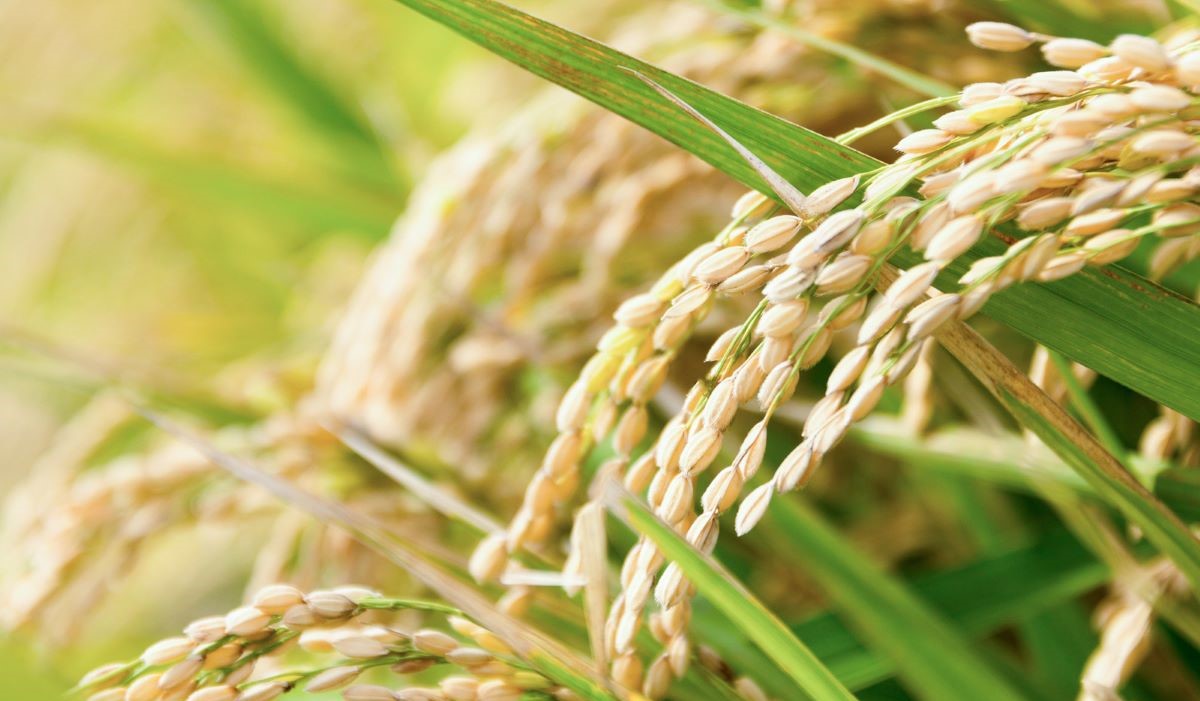Sake and Nihonshu

What is Sake and Nihonshu ?
Sake and Nihonshu are same alcoholic beverages. It is Japanese traditional brewed alcoholic beverage and it’s loved in Japan.
They are made from sake rice, rice malt and water. Sometime, distilled alcohol is added to prevent sake goes bad.
Depending on the rice polishing ratio and with or without distilled alcohol, names are divided into 8 types.
Alcohol percentage of sake is around 15~16%.
How many types of Sake?
Depending on adding distilled alcohol and rice polishing ratio, they are divided into 8 categories. In the Fig.1, white area is used to make sake. Yellow area has high percentage of protein and lipid, so it negates the scent of sake.
The taste of Sake categorized in no distilled alcohol is rich. We can feel smell like boiled rice and sweet. It also tastes mellow. On the other hands, the taste of Sake categorized in with distilled alcohol is dry. It smells less aroma and taste dry.
| Rice polishing ratio [%] | No distilled alcohol | With distilled alcohol |
| < 50 | Junmai Daiginjo Shu | Daiginjo Shu |
| < 60 | Junmai Ginjo Shu | Ginjo Shu |
| <60 with specific brewing procedure | Tokubetsu Junmai Shu | Tokubetsu Honjozo Shu |
| < 70 | – | Honjozo Shu |
| – | Junmai Shu | – |

How to spell sake in Japanese?
【Japanese Characters / Sounds: meanings】
日本 / Nihon : Japan, Japanese
酒 / Shu : alcoholic beverages
The processes to make Sake.

1 Polishing process: Polishing sake rice to remove unnecessary components.
2 Washing and soaking process: Washing sake rice to get rid of particles left on the surface. After that, soaking sake rice to absorb water. Soaking process is one of the most important processes in the manufacturing process. It changes the speed that sake rice melt into water.
3 Steaming process: Steaming sake rice to make it softer. The ideal condition of sake rice is that outside is hard and inside is soft.
4 Making Koji process: Breeding rice malt on the steamed sake rice. This process is one of the most important processes too. This process affects a rice malt enzymatic reaction. In this process, the temperature and humidity are decontrolled strictly.
5 Making sake base process: Mixing koji, steamed sake rice, water, yeast, and lactic acid to make sake base. This process is also one of the most important processes.
6 Brewing process: Adding extra koji, steamed sake rice, and water to brew. During this process, the concentrations of quantity (rice malt, acid, alcohol percentage) is adjusted appropriately.
7 Pressing process: Pressing the brewed sake to separate sake and sake cake. The sake bottled in this process is called Nigorishu. The sake has small particles in it.
8 Precipitation process: Precipitating particles of sake rice, and yeast.
9 Filtering process: Filtering sake to remove small particles which is fragments of sake rice, and protein.
10 Preheating process: Heating sake up to 60 degrees Celsius to sterilize bacteria and to stop enzymatic reactions.
11 Storing, Mixing, Adding water processes: Storing sake in tanks to settle down the tastes. Then, sake is mixed to regulate the sake taste because the taste of each tank is slightly different. After that, water is added to adjust alcohol percentage of sake around 15~16%.
12 Heating process: Sake is heated before bottling to make preserving property longer.
13 Bottling process: Bottling and labeling process to prepare shipping. Sake is poured into Isho-bin and labeled.
The taste and flavor.
The taste of sake is affected by following elements; amino acid, vitamin, mineral, protein, lipid, glucose. Especially, the quantity of amino acid is 8 times compared to beer. (Wine is 3 times compared to beer.) Amino acids are converted by rice malt and yeast from protein. There are 20 types of amino acid in sake. It causes bitter, umami taste, so the balance of the taste is changed by what rice malt and yeast are used. Following ingredients are prominent component.
Sour taste: lactic acid, succinic acid, malic acid
Umami taste: arginine, glutamic acid, aspartic acid
Bitter taste: arginine, histidine, phenylalanine
Flavor: isoamyl acetate, ethyl caproate
Lactic acid makes sour rounded and succinic acid is also umami element. Isoamyl acetate is popular as the flavor of banana and melon. It smells around 40 degrees Celsius, so these kinds of sake are usually heated in a hot water bath. Ethyl caproate smells fruity like apple, pineapple.
Sake also has sweet and dry taste. Sweet taste comes from glucose, dry taste comes from alcohol. The sweet or dry taste is usually indicated by ‘sake meter value’. Compared to water, it shows specific weight of sake. If you’d like to try sweet sake, you should check the value which shows ‘-(minus)’. Negative value indicates sweetness, on the other hand positive values indicates dryness. Sake changes its flavor and aroma depending on the temperature. Chilled, room temperature, and warmed sake is popular in Japan.


